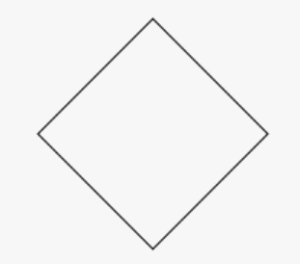MAFS.K.G.1.3: Identify shapes as two-dimensional (lying in a plane, “flat”) or three-dimensional (“solid”).
Cognitive Complexity Level: 1-Recall
[divider] [/divider] Students are able to…
- Tell which shapes are flat.
- Tell which shapes are solid.
[divider] [/divider] Students are able to…because teachers:
- Encourage students to identify flat and solid shapes in the world around them.
- Ask questions to get students to compare and contrast the differences between a solid shape and flat shape.
- Provide opportunities for students to explore concrete flat and solid shapes.
[divider] [/divider] Questions to ask students:
- Ask: Is the shape shown solid or flat? How do you know?
- Sample answer that indicates understanding: It is flat because it doesn’t have height. It lays flat on the table.
- Ask: Is the shape shown solid or flat? How do you know?
- Sample answer that indicates understanding: The shape is solid because it has height and stands up off the table.
- Ask: How do the two shapes compare?
- Sample answer that indicates understanding: The square is flat and lays on the table. The cube is a solid shape that has height. They both are made with squares.
[divider] [/divider] Additional Resources:
Additional in depth content knowledge
[divider] [/divider] Sample Formative Assessment Tasks:
Ask, “What do you notice about the two shapes? How do they compare?” A follow up questions could be if needed, “Is the ball a flat shape or solid shape? How do you know?”
[divider] [/divider] Resources/Tasks to Support Your Child at Home:
Have your child identify flat shapes (2 dimensional) and solid shapes (3 dimensional) at your home. Have them draw pictures of the different flat shapes and solid shapes they find.




